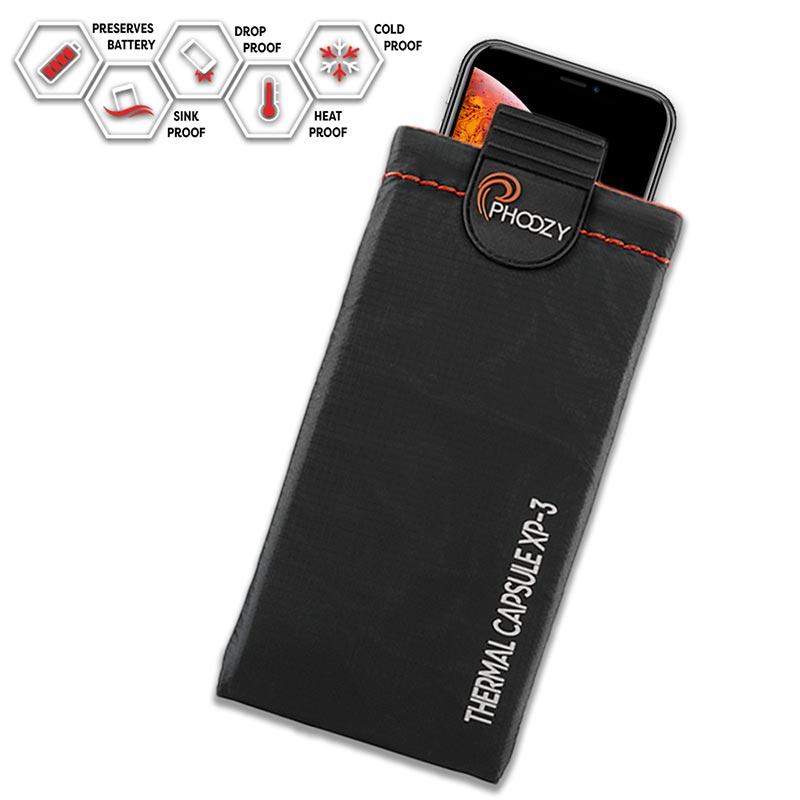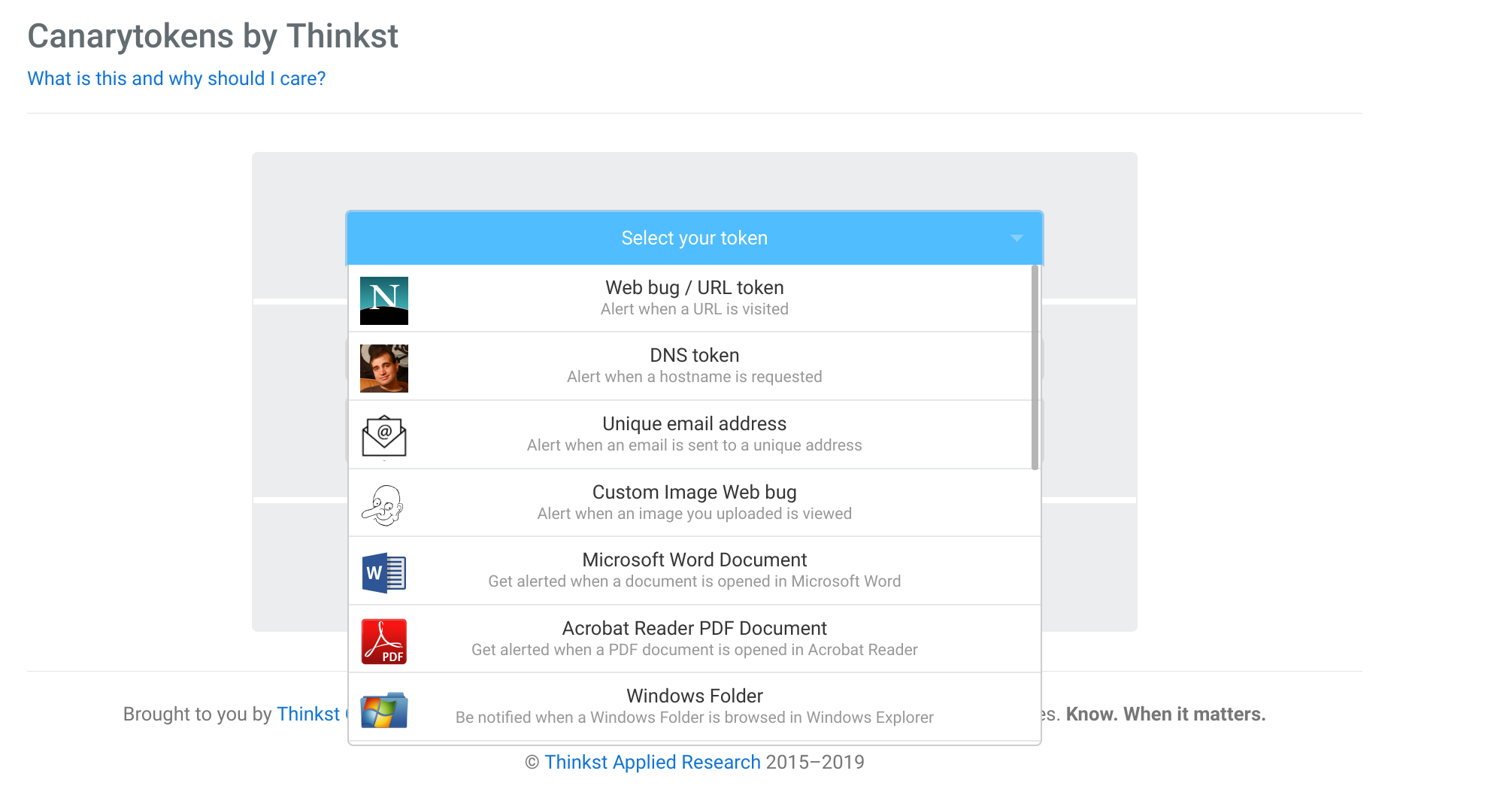As we pass to the second half of the year, many companies start their annual merit review cycle. It is an opportunity for your leaders to evaluate the corpus of your work and determine how much value you delivered to the company (thus deserving a salary adjustment).
What employees often forget is that they too should use this period as an opportunity to determine if they are doing the right job, in the right company & at the right compensation level.
Read my blog entry The “You” Brand
The 4 power questions
Do you like what you are doing?
Do you like who you are doing it with and where you are doing it?
Does your company offer a path your desired future job?
Are you fairly compensated
As we walk through each of these questions, it is important to remember that there is no "perfect" life partner and there is no "perfect" company. What we are trying to determine is: "Is this company the right one for your at this moment in time".
It is important to evaluate the questions in the order I have presented them.
Do you like what you are doing?
Ask yourself if you (honestly) are excited about the work you are doing. When Friday comes along, do you turn off “work mode” until Monday morning? If you do then you have a job, not a career. It means you are not passionate about your chosen profession and it may be time to figure out “what you want to be when you grow up”.
Do you like who you are doing it with and where you are doing it?
Many leaders would probably break this question down into 2 separate ones (one for people and one for the company) but I believe they work better together.
You may like your job but do you like the people you are doing it with? There is no perfect environment but overall, do you enjoy collaborating and working with most of your co-workers? Are you surrounded by like-minded people who challenge you and respect you? Do the people you work with care as much about you, as you do for them?
In the same vein, do you like working for your company? Do you share the vision, mission and core values of your company? A 2017 MetLife survey found employees (9/10) would rather work for a company that shared their values than one that offered higher pay. The survey also found that employees were willing to take a 21% pay cut to work for that better-aligned company (jumped to 34% for millennials).
This is also the category I include work-life alignment in. Does the ratio of work-life balance the company expects to, align with what you are looking for?
Obviously, every employee’s requirements are different but the importance of this alignment is undeniable.
If you love your job (question 1) and you love who you work with (where), then work doesn’t feel like work. You can enjoy going to work and living your best life.
Does your company offer a path your desired future job?
Not everyone is looking for career advancement but most of you probably are. Does your company offer a supportive, nurturing environment where you can learn and grow? Are executives willing to take a chance with less experienced employees, allowing them to develop? Are executives willing to coach and guide employees to develop their skills in preparation for future promotion? Last, but not least, does the company promote from within or do they hire most leaders from the outside?
Are you fairly compensated
The question about compensation was purposefully left until the end. Every other question we have examined will feed into this one.
The old 1980's corporate mantra was :
"Employees work just enough not to get fired. Employers pay just enough so employees don't quit".
As stupid as this mantra sounds today, some older leaders still espouse this as a "nugget of wisdom" (do the companies values align with yours?).
The modern strategy of salary management dictates that companies must pay enough so employees aren't stressed about money and spend their mental energy on doing what they do best.
The real-world equation is more complicated and is a subjective evaluation of fair pay within the company (often difficult to judge because the information is not readily available), and compare to other organizations offerings for similar roles.
It is easy to understand why a company that compensates you properly, probably also values your skills and expertise properly.
Remember the MetLife survey, where employees were willing to work for less if the company's values aligned with their own? This is also true about the other 3 questions we previously discussed.
If you feel that the company's values don't align with yours and/or that the company doesn't offer career advancement and/or you dislike the people you work with, you may decide to stay but may demand a higher premium for the extra "suffering".
Conclusion
Ultimately this is a deeply personal introspection and one you must do honestly (regardless if you are a new graduate or a seasoned executive).
Your company evaluates you annually to decide if you are worth keeping, you should do the same and decide if the company is worth staying at.






